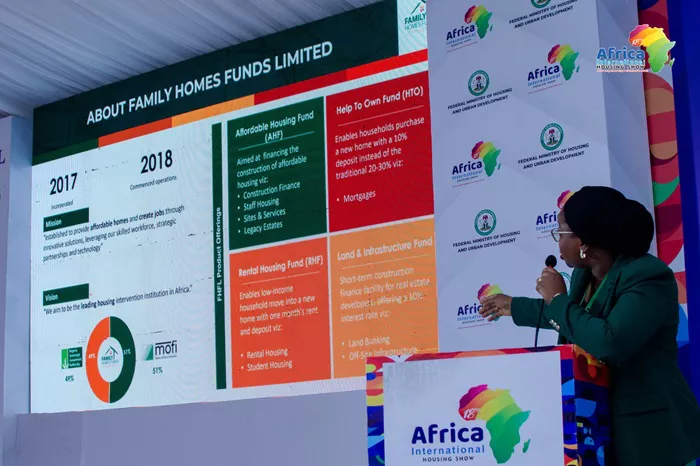Five days after Hurricane Helene struck Boone, North Carolina, David Marlett was preparing to assist students and community members at Appalachian State University in understanding their insurance policies and filing claims. Marlett, managing director of the university’s Brantley Risk & Insurance Center, expressed concern about the aftermath. “I’m dreading it,” he said. “So many people are just not going to have coverage.”
Hurricane Helene made landfall southeast of Tallahassee, Florida, with winds reaching 140 miles per hour. The storm downed trees and caused record-breaking storm surges along the Gulf Coast before moving up through Georgia. However, its most severe impacts were felt inland in North Carolina, where rain began even while the storm was still over Mexico. At least 57 people have died in Buncombe County alone, and communities like Boone experienced over 30 inches of rainfall, leading to severe flooding, sinkholes, and mudslides. Major roads were blocked or damaged, causing further disruption.
As many homeowners in North Carolina assess the damage, a grim reality looms: they may not receive any payouts from their insurance companies, even if they believed their policies were comprehensive.
“The property insurance market for homes was already a patchwork system that really doesn’t make a lot of sense,” Marlett explained. “Now you’re adding in economic uncertainty, inflation, climate change, and population migration—it’s an incredibly bad combination.”
For residents in North Carolina, the question arises: what exactly is covered by private insurance when it comes to storms? Standard homeowner policies typically cover wind damage but do not include coverage for flooding. Instead, homeowners in flood-prone areas are encouraged to purchase plans through the National Flood Insurance Program (NFIP).
How hurricanes damage a state significantly affects insurers’ finances. Hurricane Ian, which struck Florida as a Category 4 storm, resulted in $63 billion in private insurance claims. Conversely, much of the $17 billion in damages caused by 2018’s Hurricane Florence, which devastated North Carolina’s coast, was due to water damage. Consequently, private insurers largely avoided paying for that disaster.
The separation of flood insurance from standard homeowners’ policies dates back to the 1940s. Donald Hornstein, a law professor at the University of North Carolina and a board member of the North Carolina Insurance Underwriting Association, noted that private insurers determined they lacked sufficient data to accurately predict flooding and therefore could not offer coverage. “In some ways, that calculation from 50 years ago still influences insurers today,” he said.
The NFIP, established in the late 1960s, is the primary source of flood damage coverage. However, it faces significant debt and political challenges. Some propose phasing out the program in favor of private insurance options. A major issue with the NFIP is its low uptake; FEMA statistics show only 4% of homeowners nationwide have flood insurance. In areas affected by Helene in Appalachia, initial reports indicate less than 2.5% of homeowners are enrolled in the federal program.
“Even in coastal areas, not many people buy that, much less here in the mountains,” Marlett pointed out. “People often don’t understand that flood coverage is a separate policy.”
Flooding is not uncommon in the North Carolina mountains. Hurricane Ivan caused significant damage in Appalachia in 2004, and flash floods from rivers are a recurring risk. While some areas require flood insurance for government-backed mortgages based on FEMA flood zones, the data relies on outdated floodplain maps that do not account for recent climate science and record rainfall.
Hornstein noted, “The biggest non-secret in Washington for decades is how hopelessly out of date these flood maps are.”
Furthermore, even if homeowners did not suffer flood damage, the storm’s mudslides—exacerbated by climate change—may also go uncovered. Many homeowners’ insurance policies contain exclusions for “earth movements,” including landslides and sinkholes. In states like California, insurers must offer additional earthquake coverage, and homeowners can purchase private policies for earth movements. However, in North Carolina, where earthquake risk is low, homeowners might not even know such policies are available.
Hurricane Helene has underscored the vulnerabilities in the U.S. insurance system, particularly in the face of increasingly severe weather events. As homeowners navigate the aftermath, the challenges posed by inadequate coverage and outdated policies highlight the urgent need for reform in the insurance landscape.
You Might Be Interested In






















